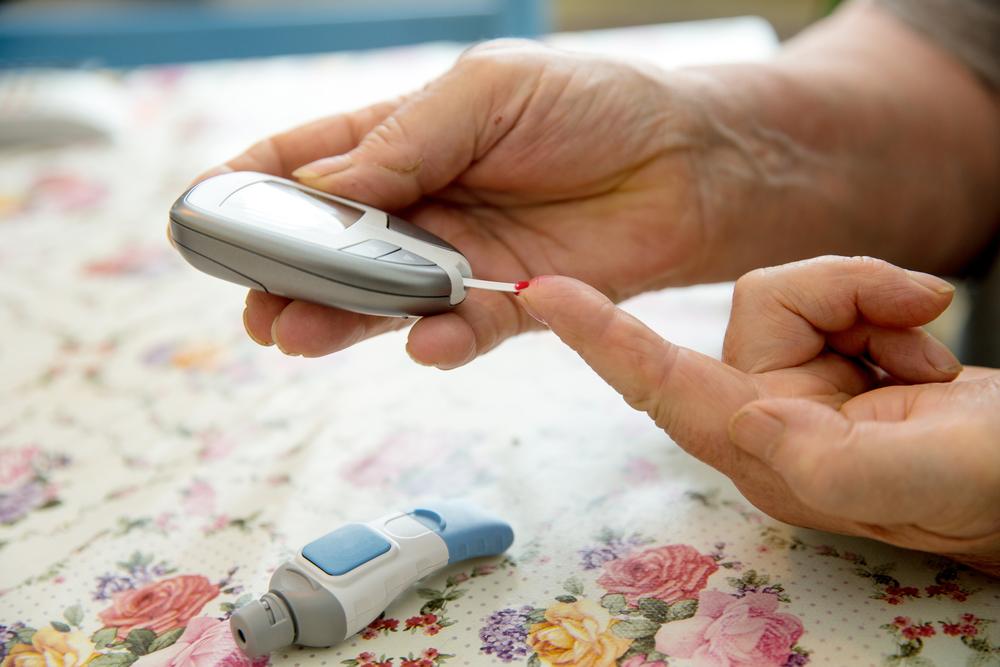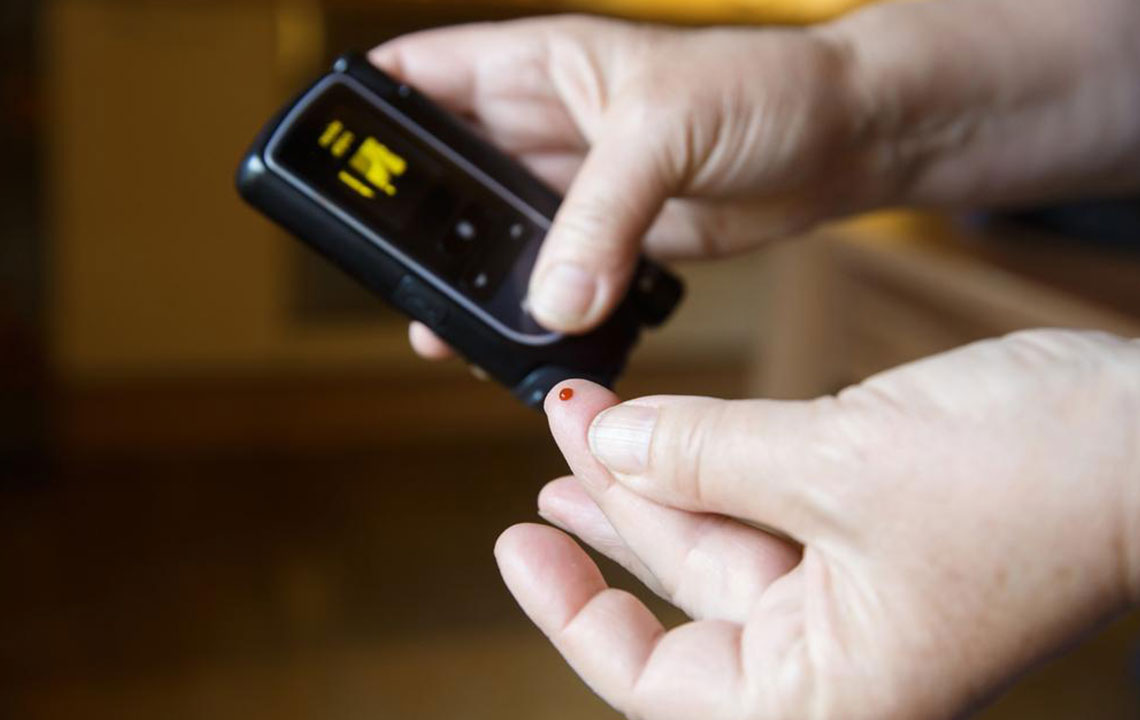Comprehensive Guide to Type 1 Diabetes: Causes, Symptoms, and Effective Management Strategies
This comprehensive guide provides an in-depth understanding of type 1 diabetes, including its causes, symptoms, and various management strategies. It emphasizes the autoimmune nature of the disease, highlights the importance of insulin therapy, and discusses lifestyle adjustments and technological advancements for effective control. Perfect for patients, caregivers, and healthcare professionals, this article aims to enhance diabetes awareness and promote healthier living among those affected by this chronic condition.

In-Depth Overview: Understanding and Managing Type 1 Diabetes
Type 1 Diabetes mellitus (T1DM) constitutes approximately 5% to 10% of all diabetes cases worldwide. Unlike type 2 diabetes, which is more prevalent among adults, type 1 diabetes typically manifests during childhood or young adulthood, usually before the age of 30. Its onset can be sudden, and without proper management, it leads to dangerous complications. This condition is characterized by the body’s immune system mistakenly attacking and destroying the insulin-producing beta cells in the pancreas, resulting in an absolute deficiency of insulin. This critical hormone plays an essential role in regulating blood glucose levels, and its absence necessitates lifelong insulin therapy to sustain health and prevent serious health issues.
What Is Type 1 Diabetes? An In-Depth Explanation
Type 1 diabetes is an autoimmune disease, which means the body’s immune defenses target its own tissues—in this case, the pancreatic beta cells. These cells are responsible for producing insulin, the hormone that facilitates the uptake of glucose from the bloodstream into cells to be used for energy. When these cells are destroyed by the immune system, insulin levels decrease drastically, leading to high blood sugar levels, a condition known as hyperglycemia.
The exact cause of this autoimmune response remains unknown, but researchers believe a combination of genetic, environmental, and possibly viral factors triggers the process. Certain genetic markers have been associated with increased susceptibility, such as variations in the HLA (human leukocyte antigen) genes. Environmental triggers, like viral infections, may also initiate the immune response in genetically predisposed individuals. Immune cells such as T lymphocytes and antibodies play a central role in attacking the beta cells, with antibodies like GAD (glutamic acid decarboxylase), ICA (islet cell antibodies), and IAA (insulin autoantibodies) serving as markers for the autoimmune process.
Although the precise trigger for the onset of type 1 diabetes remains elusive, ongoing research points toward the interplay of genetic predisposition coupled with environmental exposures. These include viral infections, dietary factors, and other environmental agents that may influence immune system behavior and beta cell vulnerability. As the autoimmune attack progresses, the pancreas’s capacity to produce insulin diminishes, leading to an increase in blood glucose levels. Early in the disease, some individuals experience a phase called pre-diabetes, where blood sugar levels are elevated but not yet in the diabetic range. During this period, immune markers such as GAD, ICA, and IAA antibodies are often detectable, signaling immune activity against the beta cells. Over time, without intervention, insulin production declines sharply, and blood glucose levels elevate to diagnostic levels, requiring medical treatment.
Recognizing the symptoms of type 1 diabetes is crucial for early diagnosis and treatment. Common signs include frequent urination (polyuria), intense thirst (polydipsia), increased hunger (polyphagia), unexplained weight loss, blurred vision, persistent fatigue, nausea, vomiting, and recurrent infections. The hallmark features—the three P’s—stem from elevated blood glucose causing dehydration and the body's attempt to eliminate excess sugar via the urine. These symptoms often appear rapidly in young individuals, emphasizing the importance of prompt medical attention upon suspicion of the disease.
Managing Type 1 Diabetes: Essential Strategies for Lifelong Control
Effective management of type 1 diabetes centers around maintaining blood glucose levels within target ranges to prevent acute emergencies and long-term complications. Since the body no longer produces insulin, daily insulin replacement therapy remains the cornerstone of treatment. Most patients require lifelong injections or advanced insulin delivery systems tailored to their individual needs. The most common approach involves insulin regimens that mimic the body’s natural insulin pattern— basal (background) insulin combined with bolus (meal-time) doses.
Insulin Therapy: Types and Methods
Insulin can be administered through multiple daily injections (MDI) in various forms: long-acting (basal), short-acting, rapid-acting, or intermediate-acting insulins.
Some patients opt for insulin pump therapy, which provides continuous subcutaneous insulin infusion, offering greater flexibility and more precise control.
Designing an Insulin Regimen
Typically, patients start with an initial dose calculated based on body weight and insulin sensitivity. Standard starting doses range from 0.4 to 1.0 units per kilogram of body weight per day.
For example, an individual weighing 60 kg with a prescribed 0.5 units/kg/day would require approximately 30 units daily, divided into basal and bolus doses.
The basal dose accounts for roughly half of daily insulin needs, administered through long-acting insulin at a consistent schedule.
The other half is split into three bolus doses, given via rapid-acting insulin with meals, adjusted according to carbohydrate intake and blood glucose levels.
Injecting Insulin Correctly
Insulin is usually injected at a 90-degree angle into subcutaneous tissue, with the needle held in place for about 10 seconds to ensure proper delivery.
Common injection sites include the abdomen, thighs, back of the arms, and buttocks. Rotating sites within each area helps prevent skin issues and ensures consistent absorption.
Proper Storage and Handling of Insulin
Keep unopened insulin vials or pens refrigerated at temperatures between 2°C and 8°C (36°F and 46°F).
Once in use, insulin can generally be stored at room temperature (up to 25°C or 77°F) for approximately one month.
Avoid exposing insulin to excessive heat or direct sunlight, which can degrade its efficacy.
Potential Side Effects and Precautions
Hypoglycemia, caused by excessive insulin doses or skipped meals, can lead to symptoms like sweating, dizziness, weakness, and confusion, requiring immediate treatment.
Weight gain is a common side effect, emphasizing the importance of dietary management and physical activity.
Repeated injections at the same site may cause skin reactions; hence, rotating injection sites is vital.
In addition to insulin therapy, individuals with type 1 diabetes should monitor blood sugar levels regularly using glucometers or continuous glucose monitors (CGMs). Maintaining a balanced diet, engaging in regular physical activity, and adhering to medical advice are essential components of comprehensive diabetes management. Advances in technology, such as insulin pumps and hybrid closed-loop systems, are making it easier for patients to achieve better blood glucose control and improve their quality of life.





